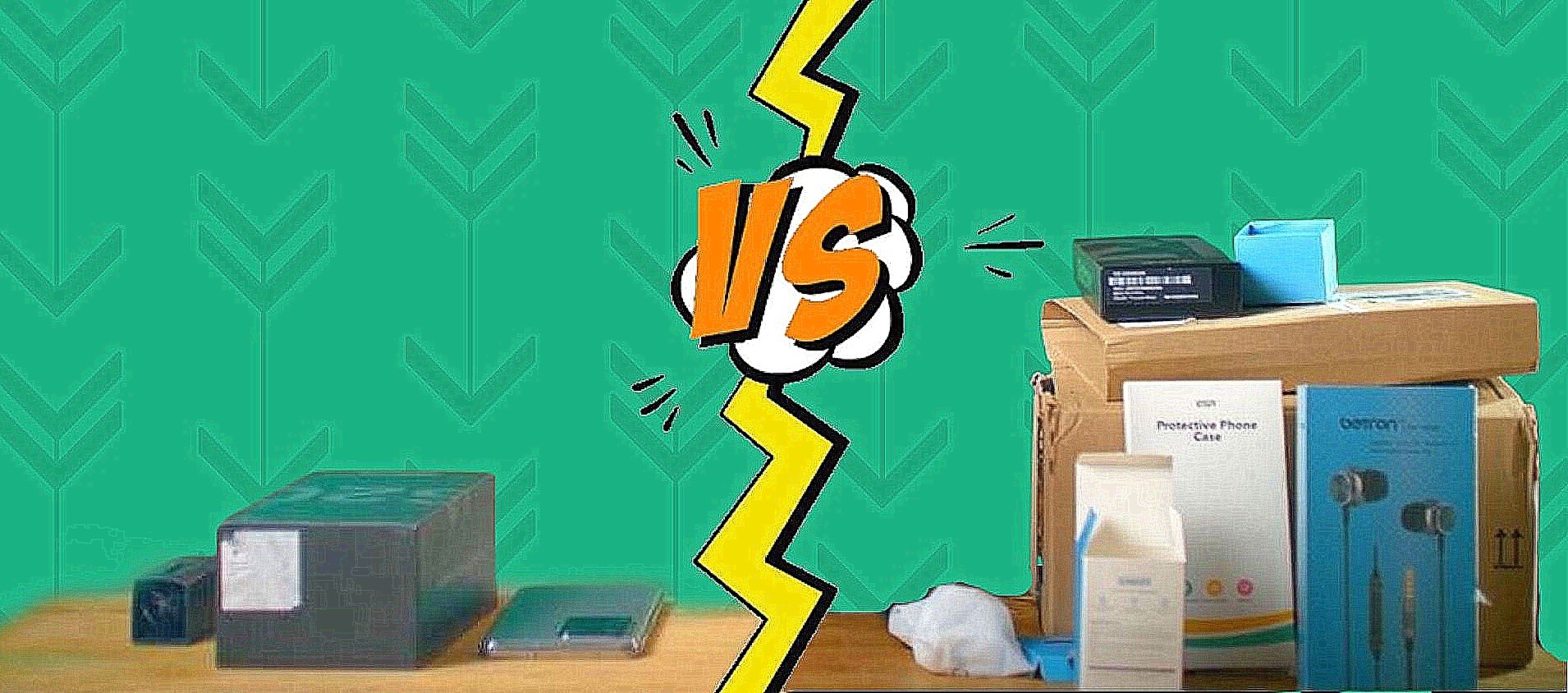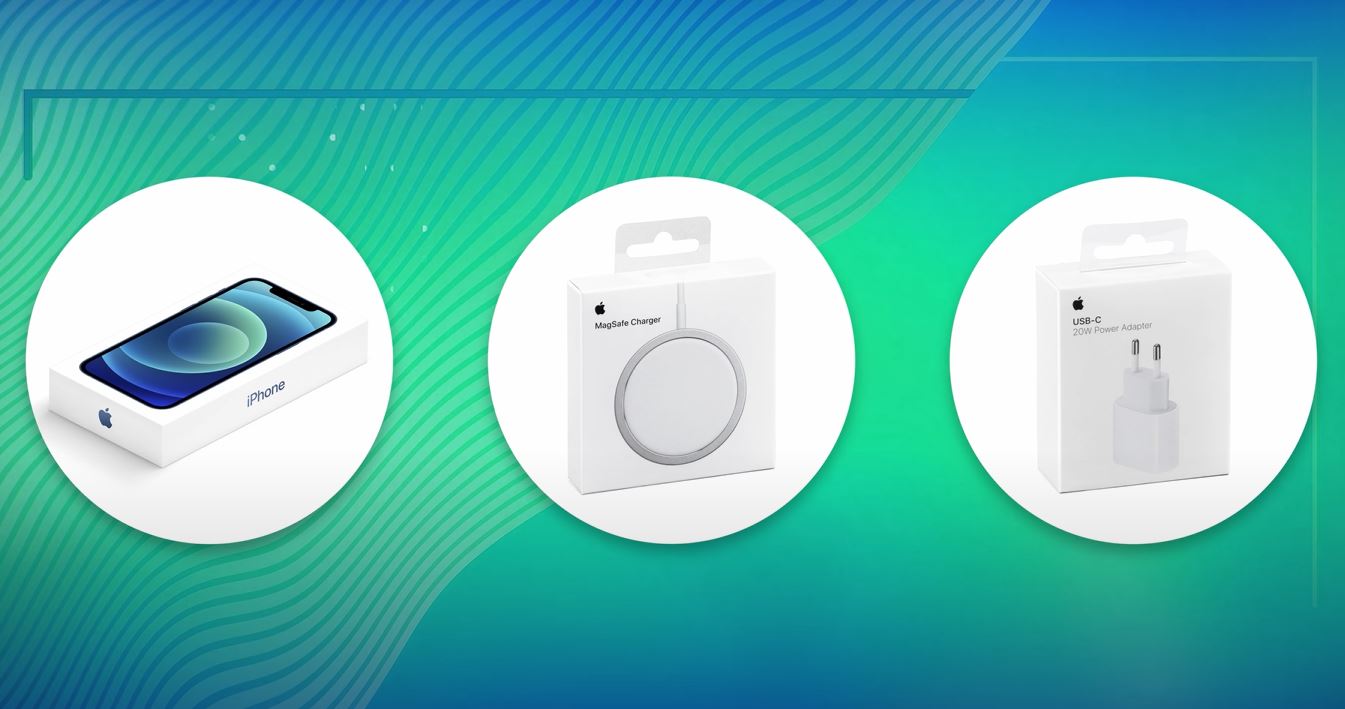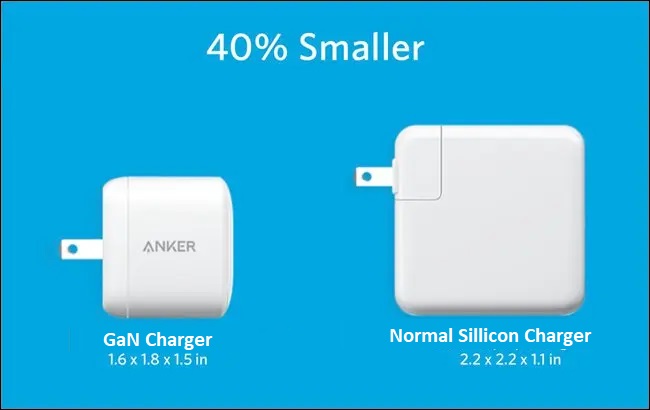You surely have heard about the term “Eco-friendly”, as every product around us today is claiming to be eco-friendly. Seems like everyone is following the Go-Green initiative. Even if they are not exactly eco-friendly, they claim to be one. Whether it is your Tooth Brush, Paper straw, Eating Plates, Paper Cups, and the list goes on, most of the products have their Eco-friendly alternatives. Not only this but electronic products are also coming up with their Green Products and ways to minimize the carbon footprints.
In this race how can smartphone makers be left behind? They have also come up with a solution to this trend. Apple, Samsung, and Xiaomi have decided to not give chargers inside their Box. And they said they are doing this to protect the environment.
Well at the first glance anybody would think that this is a good strategy to minimize the plastic usage that would certainly one day will be dumped into the garbage and also the size of the containing box can be reduced.

So with this statement, anybody can notice the difference in the size of boxes of two consecutive year smartphones. By just looking at the size, you would think WOWW !! it is amazing that companies have reduced the size of the box to half of the previous. But is it really an eco-friendly move? Since you will need a charger for your phone you will definitely buy one. There are various arguments to support this.
- New smartphones come with Fast Charging Technology which can’t be obtained with the old charger.
- Chargers are very fragile whether it comes to their functionality or their availability. Most of the time we end up losing it or the cable gets broken.
- Whenever you sell your phone, also you have to sell the charger with it.
So whenever you are buying a new phone, then definitely you are going to buy a charger with it. And this is how you are using more packaging than the previous generation. Well, you can have a look yourself.

So this is not just about the charger on its own, but you also need a lot of other paddings too, you get a plastic box inside a cardboard box. But the most concerning thing is the outer packet in which a small charger came representing the seller’s name. In this way, we don’t have to just keep in mind the package of the charger but all the other extra environmental damage that comes with the separate items that are delivered like it takes an extra person to burn the fuel to get you that product delivered and also that takes the extra space on the delivery vehicle. Also since the companies have removed the earphones from the box now you are going to buy a separate earphones also. This means an extra box and all the other extra damage to the environment.
This means that no one can optimize the packaging as much as phone manufacturing companies could. Because when the phone manufacturing companies send the phones, it is going to be the same size of packaging every time so they are the ones who could use only a very little amount of cardboard. Yes, if everything comes in one box like a charger, and earphones then surely the box will be bigger, but if you compare it with all the extra cardboard then you will question your eco-friendly side.

But the main problem is hypocrisy when a company claims to be removing the charger from the box to get the tag of “ecofriendly” while their actions go in the opposite direction like the cable you get inside the new iPhone 12 box doesn’t fit into the old iPhone 11 Adapter. So if you want to use the new cable you got to get yourself a new adapter for it.

Apple™ has built a reputation to get rid of the things they think is unnecessary, like they removed the 3.5mm headphone jack, and now they are emphasizing on their Magsafe (wireless charger). And it is very evident that not only upcoming iPhones but all the other smartphones could shift towards wireless charging by removing the physical charging port. But the point is that wireless charging and Eco-friendliness both go in opposite directions because not only do you have to buy the Magsafe as a separate item with its own packaging but also you have to get yourself an adapter for it which comes with its own packaging.

But the debate doesn’t end here, because there is also evidence of wireless chargers using on average 47% more power than cable which makes wireless charging inefficient. Since the power is passed through 3 to 4 layers of material a lot of energy is wasted in the form of heat. This means a lot of energy is being got wasted every day, each time you are using the eco-friendly charger.
What we deduce from all this is that, Yes the companies want to Be Green but only until it makes them profits. And as a consumer, we only feel bad about the state of the planet and feel good about buying eco-friendly products. In this regard, a lot of decisions can be seen like this in the future. Since the companies are focusing on reducing only their carbon footprints and are not concerned about the overall knock-on effects which have shifted on the consumer.
Coming to the conclusion, we must also ask ourselves, Is there any better way to do all this?
Of course Yes!

Instead of removing the charger completely, it can be improved by using better material. Since few companies like Mi are using GaN (Gallium Nitrite) to make their chargers for international versions of phones. GaN is more efficient as compared to normal silicon chargers and can deliver the same output by using less material also can easily fit into new slimmer boxes.
But the most important aspect of GaN is that every time it is used to charge a smartphone it is wasting less energy. A report suggests that GaN chargers are 25% more efficient than Silicon chargers which means that they are 70% more efficient than wireless chargers. Also using the GaN charger means less heat getting produced and so they have a longer life too.
So using these chargers can be considered as a sustainable and more eco-friendly approach.

